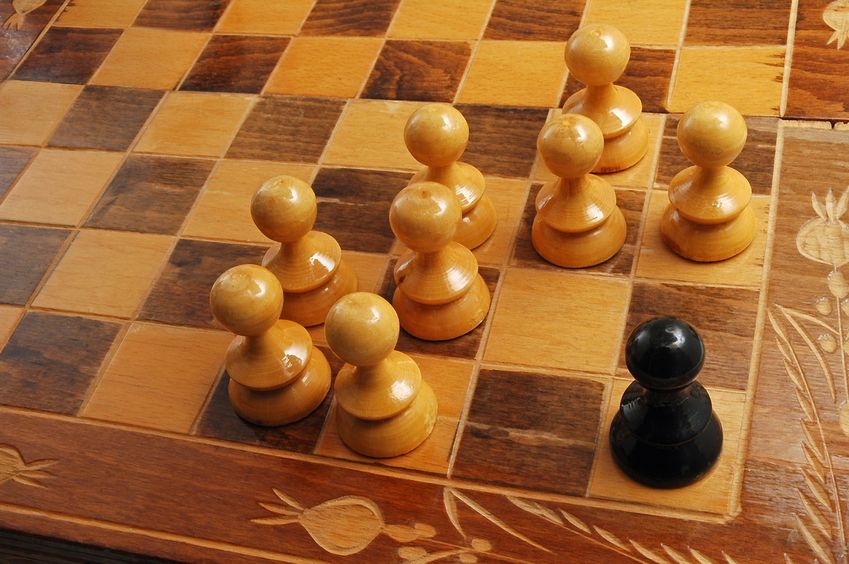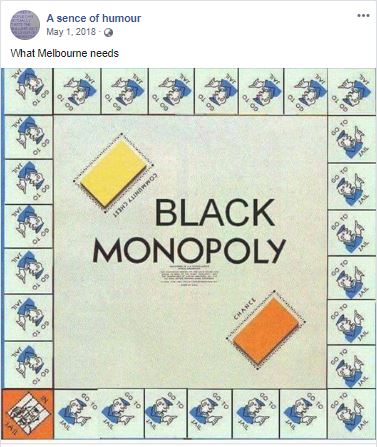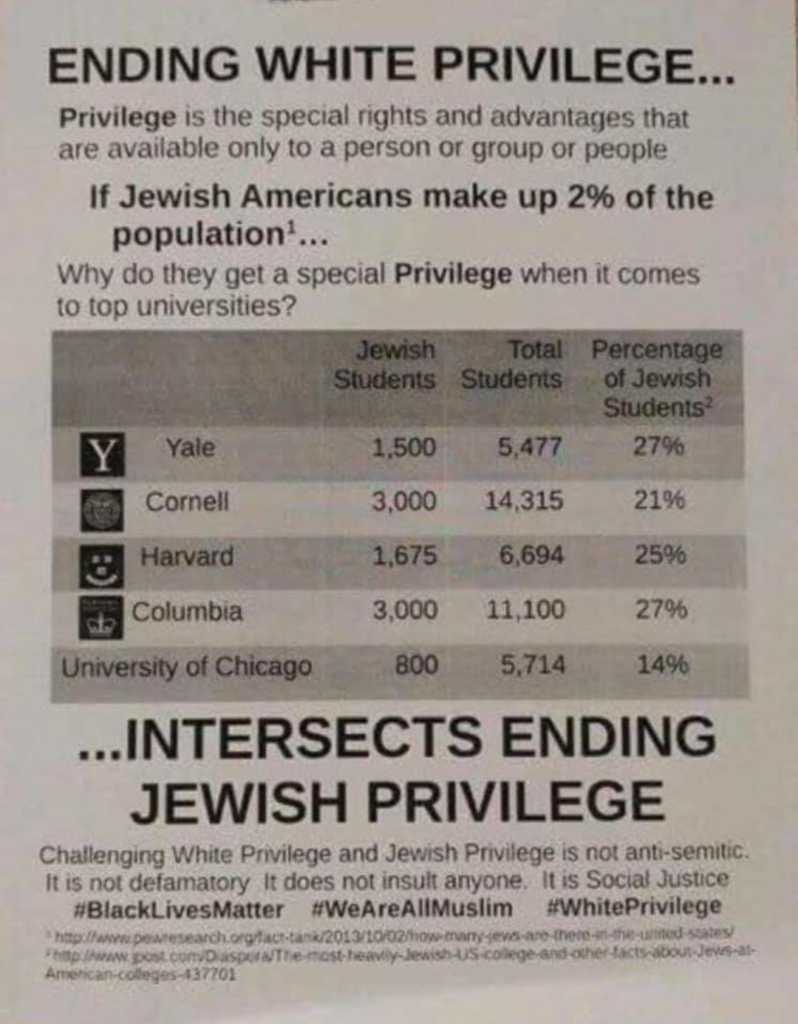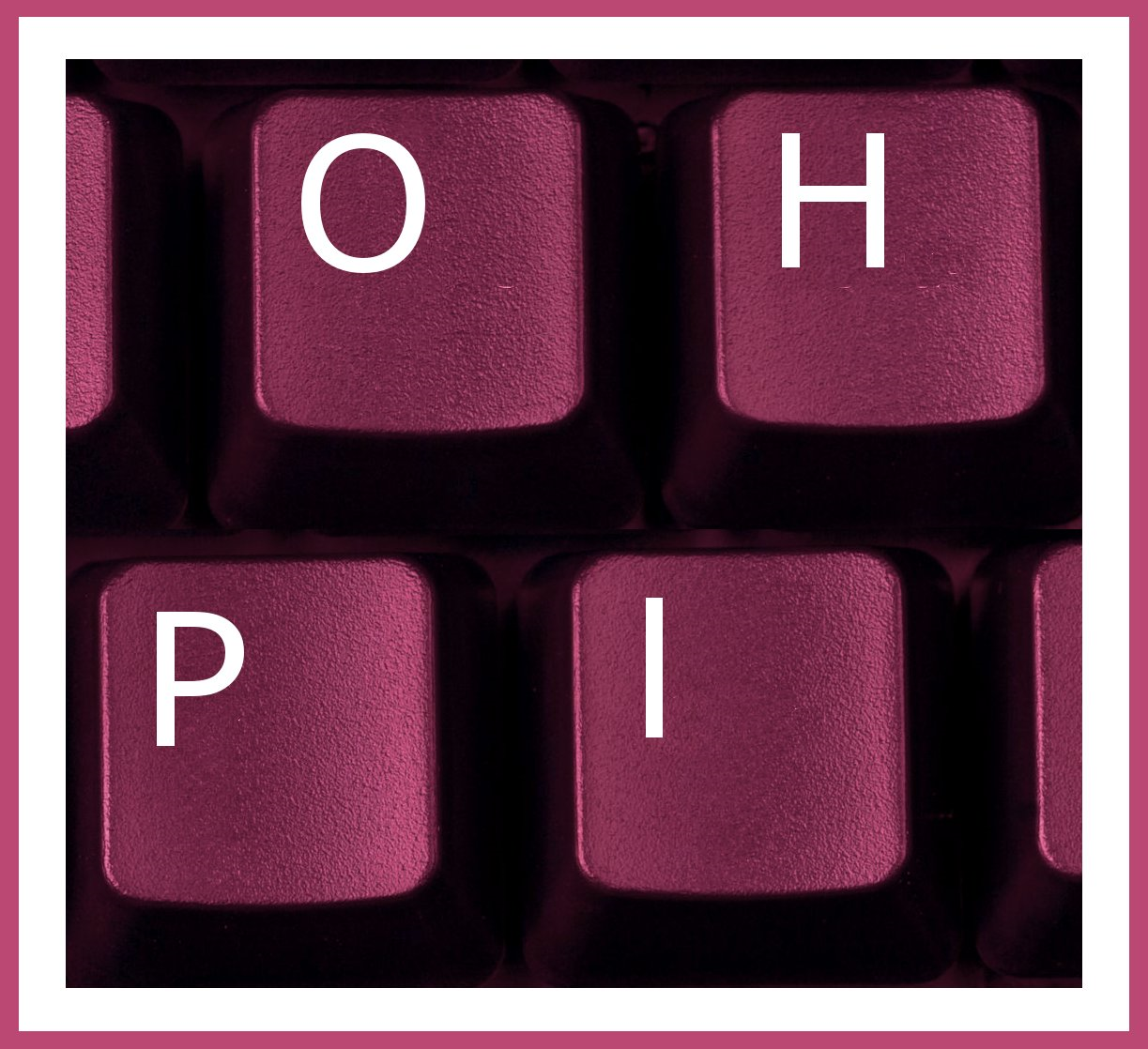
The Black Lives Matter protests around the world have been the topic of social media, mainstream media and in person conversations around the Australia and the world. Over the weekend we published an article on the Australian Black Lives Matter rallies. Our article supported anti-racism activism, and in particular action on systemic and institutional racism against Indigenous Australians. It also highlighted that Australia is not the US, our very real issues are different to those in the US. We called for more education and campaign messaging that is specific to Australia, rather than seeking to borrow from overseas where the context can often be quite different. We have had a number of interesting conversations with people in Australia and overseas as a result. Interestingly, the Australian later ran a story with almost identical analysis and which used many of the same sources.
Who is the movement about?
In Australia the Black Lives Matter protest has been about racism against Indigenous Australians. It is not about racism against people of colour in general. It does not include the sort of racism stirred up by out of state politicians and some in the media with their talk of “African gangs” in recent years. That led to racist social media posts like this one:

In the US, the movement is about Black Americans and excludes racism against Native Americans. In 2016 the Seattle Times has reported that the number of Native Americans killed by police in the US is higher than the numbers of Black Americans killed by police, but the topic receives almost no media coverage.
Anti-Black racism in the Unites States, and the understanding of it, is strongly connected to the history of slavery. There’s even a small group who campaign for descendants of slavery to be distinguished from Black Americans more broadly. The New York Times described it as a “Growing Identity Debate in Black America”.
What matters
While it is true that “all lives matter”, those who promote this slogan in opposition to “Black Lives Matter”, such as Senator Pauline Hanson did today in Parliament today, are missing the point. The Senate was right to roundly reject her motion and doing so, contrary to what she said, was not a rejection of the lives of all Australians – it was a rejection of division and racism.
The issues which affect Black Americans, Native Americans, Indigenous Australians, immigrants and refugees have commonalities with each other, but they also have differences. Those differences are matters of history, matters of policy, and matters of the specific circumstance affecting each community or group. Solidarity between groups is important, but trying to obliterate the specific issues that impact each of them, or assuming the nature of the issues are the same, makes little sense and helps no one.
BLM False Flags & Antisemitism
There have also been efforts by the far-right to divide progressive voices. Amid the attention on Black Lives Matter an image had been repeated circulated online within the Jewish community. The image claims to be from Black Lives Matter and calls for an end to “Jewish Privilege”. It highlights the number of Jewish people who attend top US universities.

Jewish people sharing the image on social media are quick to launch into a defence of the high numbers and the hard work and sacrifice that many make to get in. White it is true that education is highly valued in the Jewish community, as are professional careers, particularly in law and medicine… the entire discussion only further shares this fake message which is targeted at both the Jewish community and the Black community. It is a white supremacist ploy, pretending to be from progressives supporting Black Lives Matter and the Muslim community, to set these communities and the Jewish community against each other. Some have fallen for it using it has a basis to denounce the Black Lives Movement.
The message in fact dates from at least March 2017 when it was posted around the University of Illinois at Chicago. It is just one poster from a set of anti-Jewish posters claiming to be from Black Lives Matter. The local Black Lives Matter group put our a statement denouncing the flyer. They said both the message and the framing were “divisive, inflammatory and based in falsehoods”.
If you see people posting this image, please let them know it is not only fake, but also old.
Protests and Risk
The right to protest is critical to democracy. There are, however, times and places when protesting is not appropriate. Whether protests during COVID-19 are appropriate will vary depending on what the protest is about and where it is occurring.
A pre-COVID-19 example of protests that many would regard as inappropriate can be seen in the protests at the funerals of fallen soldiers by the Westboro Baptist Church – group the Southern Poverty Law Center calls “arguably the most obnoxious and rabid hate group in America”. Just because protest itself is an important right doesn’t mean it is appropriate at all times and places.
In the context of the COVID-19 pandemic it is important to consider the risks that a large gathering such as protest creates, as well as the risks which would come from not protesting. How those risks stack up against each other varies depending on the issue the protest is about, whether it can wait for another time, who will be protesting (and how at risk they are from COVID-19), and what the consequences will be if action is delayed.
In pre-COVID-19 times, a mass protest by fire fighters in the middle of bush fires would clearly be inappropriate and would put the public’s lives at risk. During COVID-19 a mass protest by aged care patients and staff, regardless of what they were protesting about, would put so many lives at risk there would be very few circumstances which that risk would be reasonable.
Many have now made the point that those who took part in recent Black Lives Matter protests set back the efforts to ease restrictions. While true, this alone isn’t enough to decide if a protest is the right choice. The risks need to be balanced based on the facts, and different people will legitimately reach different views. That needs to be respected.
At the same time, while some are raising concerns about this and other protests out of concern for the health of the protesters, their families and those they come into contact with, and others are concerned about the deepening economic harm as protests slow the easing of restrictions, there is a third group who are raising this concern with false sincerity. This third group oppose anti-racism protests at any time and public safety is for them just an excuse. We urge caution to avoid lumping these three groups together. Motivation matters and while a concern over the protests may be a coded way of express an expression of racism, there is also a lot of genuine concern about the impact protests on both health and the recovery process.
Comparing Australia and the US
There are a number of important difference between the situation in the US and Australia. The stakes in the US, both for and against protesting at this time, are far higher:
- The risk from COVID-19 is higher due to their level of infection. According to the WHO, there are 338 deaths per million people in the US compared to just 4 deaths per million people in Australia.
- The risk of doing nothing is also higher in the US. Black Americans are dying at 3 times the rate of white Americans from COVID-19, and in some states it is much higher. This is not just about being more at risk due to co-morbidity, it is fundamentally about access to testing and healthcare.
- Aboriginal Australians, like Black Americans, are at higher risk than the general population from COVID-19. Unlike Americans, all Australians have access to universal healthcare. There has been a specific government focus in Australia on the health of Indigenous Australians. Even before that, Indigenous Communities took proactive steps. Indigenous Australians are in a higher risk group, but they are not being left behind in the response to COVID-19 in the same way as Black Americans.
- In the US the concern is not just about the number who are dying in custody, but specifically about the number of times those deaths in study are directly caused by police. There have been Indigenous deaths caused by police in Australia as well, but it is far less common.
- In Australia the primary problem is the number of Indigenous Australians who end up in custody, a result of a problem that is broader than policing. In the US a very real problem is the systemic racism in the police in parts of the country, a problem that can be traced back to the history of US police which evolved from slave patrols. There have been links between the KKK and the police and efforts to infiltrate and recruit from the police by White Supremacist.
- Some public health experts have said the disproportionate impact of COVID-19 on the Black community is a reason the protests there should continue. In Australia, Chief Medical Officer Brendan Murphy warned against mass protests saying he was “absolutely terrified” of the risk it could pose particularly to Elders in the Indigenous community.
- Since the protests both the President of the Australian Medical Association and the protest organisers in Melbourne have called on those who protested to self isolate – a responsible move to reduce the risk, but one that is a request not a government directive. It will still be a few days before we know the impact of the protests on the spread of the virus, but at least one person who had COVID-19 is known to have attended the Melbourne protest.
Where we are now
Even after the protests, and the division this is causing in the community, Australians are far more united than Americans as we work to flatten the curve and then remove restrictions. If the weekend protests are an exception, they will have delayed the easing of restrictions, but not broken our unity as we move forward together in the fight against COVID-19.
A far more worrying scenario is if the protests lead to a spike in new cases, and potentially deaths, and at the same time future protests continue. That will turn a setback on the path to recovery into a barrier to recovery. If that happens could harden feelings against protesters, and the feelings of protests against those not supporting them. It could also increase the likelihood of harsher policing and more violent clashes. It would bring us closer to the US situation, which in this case is not a good place to be.
The first scenario, the one of unity moving forward, is the one we believe is more likely. The other scenario stands as a warning of what could happen if we get this wrong. The situation can change rapidly and the risks both from protesting and from not protesting need to continually be reassessed. That assessment needs to be based on the situation on the ground where the protest takes place, and needs to take account of the urgency of the protest. A protest that can wait a few months should do so. It doesn’t mean it is less important, or that those who support that cause are less committed. What ever our choices for the future, we need to take them with our eyes open and with care.
Comments and Support
We welcome your comments at our Facebook page. You can make them in report to this post.
The Online Hate Prevention Institute is an Australian Charity that tackles all forms of online hate and extremism. Our work is supported by public donations.
Learn more about our work on Racism Against Indigenous Australians and on Corona Virus, or visit the homepage for our work on other areas of of online hate and extremism.
